Table of content
The Dexcom G6 (clinically proven to lower A1 levels) is an older CGM sensor with a warm-up time of 2 hours, although a sleek one, a separate transmitter attached to the sensor, lasts up to 10 days, has an overall MARD of 9%, a bit bigger than the Dexcom G7, but highly trusted by a huge customer base. In comparison, the new Dexcom G7 is 60% smaller in size, has a transmitter installed within the sensor, has a 30-minute warm-up time, has an overall MARD of 8.2% (in adults), lasts up to 10 days and 12 hours grace period after expiration, however, many CGM users still want to go back to Dexcom G6 (based on research). Before diving into the Dexcom G6 vs G7 topic, here is a brief overview for people with little or no knowledge of CGMs and Dexcom.
Introduction to CGM
Continuous Glucose Monitoring, commonly known as CGM primarily focuses on providing continuous blood sugar levels without the need for fingerpricks. CGM systems consist of a small sensor placed under the skin, a transmitter (for sending signals to the monitoring device), in the latest CGM devices, this transmitter is installed within the sensor, and a software platform that displays the data and provides insights and alerts.
Conversely, since the BGMs (blood glucose meters) are known to provide gold-class blood sugar readings, in case you notice CGM readings going too off from your actual sugar level, a fingerstick test is recommended.
Dexcom CGM devices a brief history
The company was founded in 1999 with the development of a prototype CGM system. In 2006, Dexcom received FDA approval for the first version of its CGM device, designed for people with type 1 diabetes also proved that Dexcom Is Best For Type 2 Diabetes . This device was a significant step forward in diabetes management, as it allowed for continuous monitoring of glucose levels, eliminating the need for frequent fingerstick tests.
In the debate of Dexcom G6 vs G7, considering G7 user reviews, we cannot unequivocally say which one is the winner, however, we can look at the facts and figures of each one. Following is a comprehensive guide to Dexcom G6 vs G7.
Dexcom G6 vs G7 Specs Table
| Feature | Dexcom G6 | Dexcom G7 |
|---|---|---|
| Sensor Duration | Up to 10 days | Up to 10 days (plus 12 hour grace period at the end of 10th day) |
| Warm-Up Time | 2 hours | 30 Minutes |
| Readings | Automatic readings every five minutes- | Automatic readings every five minutes |
| Accuracy | Overall MARD 9% | Overall MARD 8.2% |
| Waterproof | Yes. Can be submerged into water for upto 24 hours | Yes. Can be submerged into water for upto 24 hours |
| Transmitter Sensor Size | 1.8 x 1.2 x 0.6 in | 1.1 x 0.9 x 0.2 in |
| Pump Compatibility |
|
|
| Transmitter Range | 20′ | 20′ |
| Approved for the following: | Diabetic people two years and older with any type of diabetes including Type 1, Type 2. | Diabetic people two years and older with any type of diabetes including Type 1, Type 2, or Gestational DiabetesWhat to know before using G6? |
What to know before using G6?
- About 84% of users report initial sensor insertion as painless with the help of an easy applicator.
- Dexcom G6 is worn on the abdomen by adults, 2 inches away from your belly button. And on upper buttocks for individuals aged 2-17 years.
- Each sensor has a unique code printed on the back of adhesive patch, make sure to use this code at the time of activating a new sensor, this shall save you from doing the manual calibrations and keep your alarms/alerts undisrupted.
- Dexcom G6 has a separate transmitter with a battery life of 3 months (transmitter and sensor combined size is provided above).
- Since G6 works with the AID (automatic insulin delivery) systems, the insulin pump should be worn on the other side of the belly button, with the same 2-inch gap. And in case you wear your sensor on the back of your upper arm, it’s advised to wear your insulin pump on the same side abdomen area, e.g.; sensor on right arm and AID pump on the right side of your abdomen.
This CGM sensor gives you fingerprick free glucose readings every 5 minutes on your G6 monitor or a compatible smartphone with the Dexcom G6 app installed – download Dexcom G6 app on Android, or download Dexcom G6 app on iPhone.
What to know before using G7?
- Sensor is already attached to the applicator, simply hold applicator against the area of insertion (firmly) and press the white button. 95% of the users have reported this insertion painless or mildly uncomfortable.
- Dexcom G7 can be inserted on the back of the upper arm of individuals aged 2 and above, or can also be inserted on the upper buttocks of children aged 2 – 6 years.
- Use the 4-digit pairing code found on the applicator and G7 wearable box to connect your sensor with the receiver or your compatible smart phone.
- Dexcom G7 does not have a separate transmitter, instead installed within the sensor, so you don’t need to worry about it.
- If you’re wearing your sensor on the back of your upper arm, wearing your insulin pump on the abdomen, preferably on the same side as the sensor can enhance connectivity. For example, if the sensor is on your right arm, place the insulin pump on the right side of your abdomen.
The Dexcom G7 offers fingerprick free glucose readings every 5 minutes on your G7 monitor, directly to your compatible Apple watch, or a compatible smartphone with the Dexcom G7 app installed – download Dexcom G7 app on Android, or download Dexcom G7 app on iPhone.
Comparison of Dexcom G6 Vs G7
When choosing between the Dexcom G6 and G7, several factors must be considered. Let’s take a closer look at some of the key differences between the two devices.
- Dexcom G6 bs G7 Size
- Dexcom G6 vs G7 Accuracy
- Connectivity & Compatibility
- Price & insurance coverage
Dexcom G6 vs G7 Size
The Dexcom G7 sensor is about 60% smaller than the G6’s sensor. Additionally, G7 is designed to be thinner like three quarters stacked together. This gives Dexcom G7 a sleek look and adds comfort for the wearer.
Dexcom G6 vs G7 Accuracy
The Dexcom G7 and G6 both offer high accuracy and reliability, however, the G7 takes edge on the accuracy, showing a better MARD value of 8.2%, whereas the G6 has a MARD value of 9%.
Connectivity & compatibility
The Dexcom G6 and G7 CGM devices are compatible with smartphones and smartwatches. Plus, both sensors are AID (automatic insulin delivery) system-compatible. However, the G7 can be directly connected to compatible Apple watches, again giving it an edge over the Dexcom G6.
Price & insurance coverage
There is not much difference in the prices of Dexcom G6 and G7. While you can buy these sensors from physical stores or using your debit/credit card online, claiming your CGM device using your insurance may be the best option. Get a free eligibility check now.
Conclusion
The G6 has been in the market for a while and has a proven track record, the G7 boasts even more advanced specifications and user-friendly features. Depending on your personal needs and preferences, you may choose either device. We recommend consulting with your healthcare provider and insurance provider before deciding.
Frequently Asked Questions
What is CGM technology?
CGM technology monitors glucose levels in real time using a small sensor, transmitter, and software platform, enabling people with diabetes to manage their blood sugar levels more effectively.
What are Dexcom G6 and G7 devices?
Dexcom G6 and G7 are CGM devices from Dexcom, designed to continuously measure glucose levels and transmit the data wirelessly to a compatible smartphone or smartwatch.
What are the features and benefits of Dexcom G6?
Dexcom G6 is easy to use, has high accuracy and reliability, customizable alerts and alarms, compatibility with various devices and apps, and is water-resistant and durable. However, it has a limited sensor life and is expensive.
What are the features and benefits of Dexcom G7?
Dexcom G7 is smaller and more discreet, has a longer lifespan, a more user-friendly and convenient inserter device, and is waterproof. It can be used during pregnancy.
What are the differences between Dexcom G6 and G7?
Dexcom G6 has a larger transmitter, shorter lifespan, and requires calibration every 12 hours. Dexcom G7 has a smaller sensor, longer lifespan, and is more user-friendly. The G7 is more expensive but is likely to improve the lives of many people with diabetes.


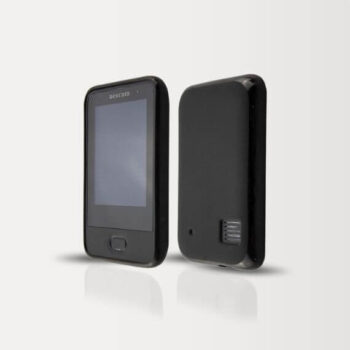
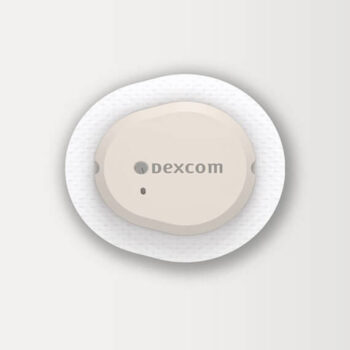
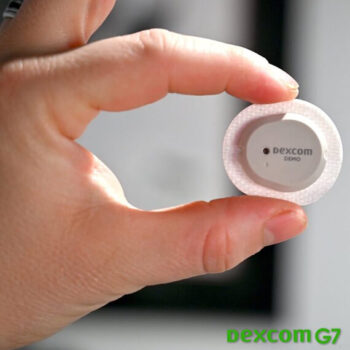


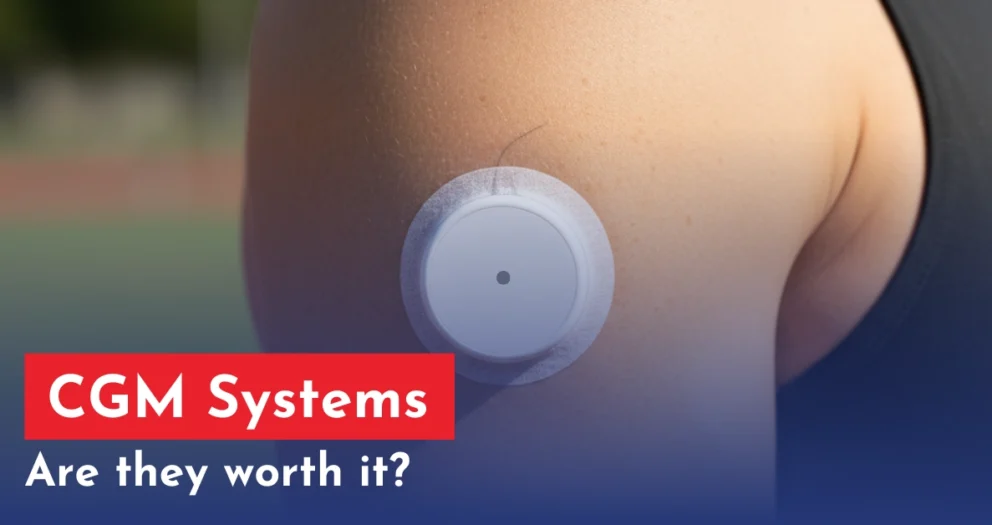

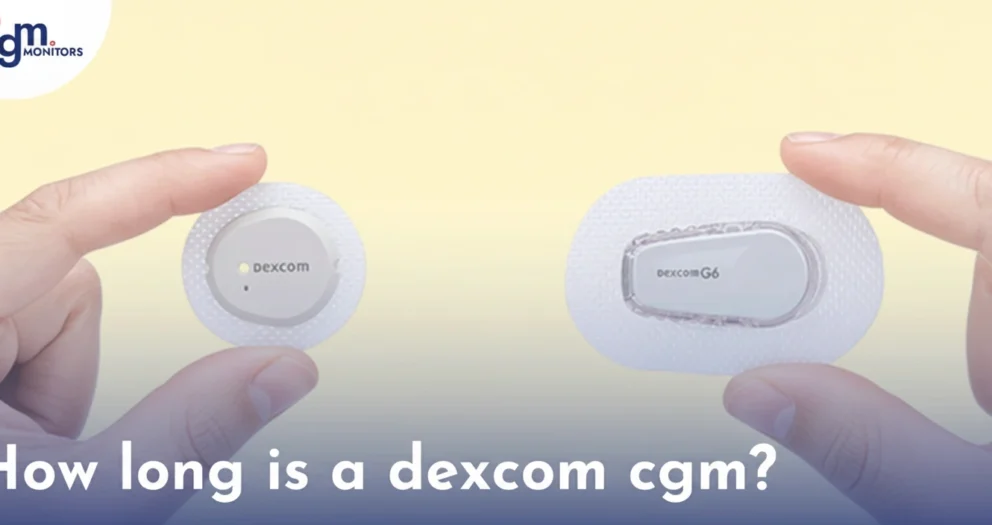
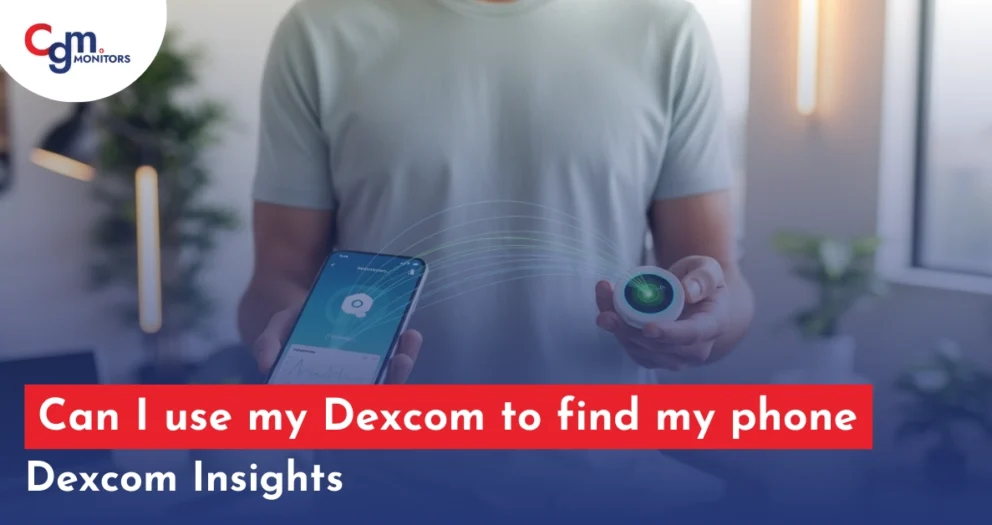
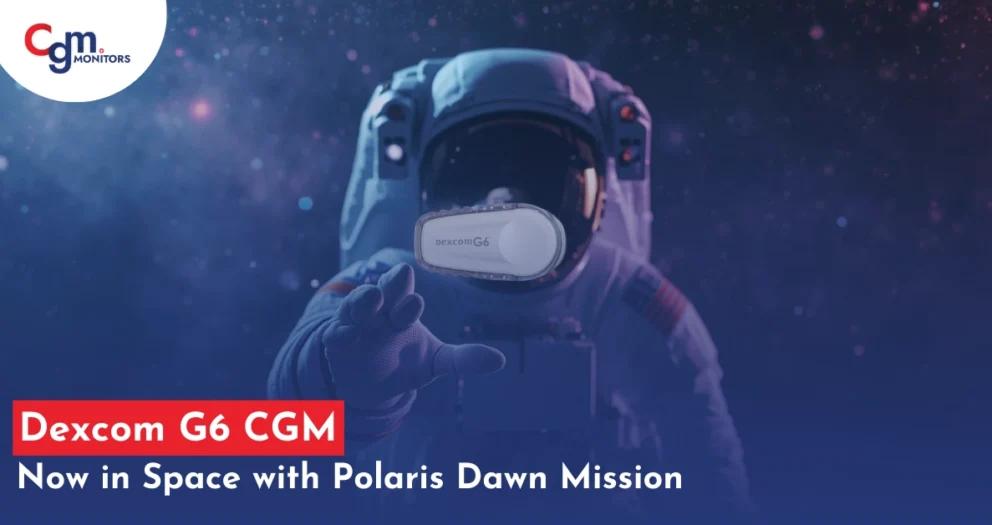
Write a comment
Your email address will not be published. All fields are required